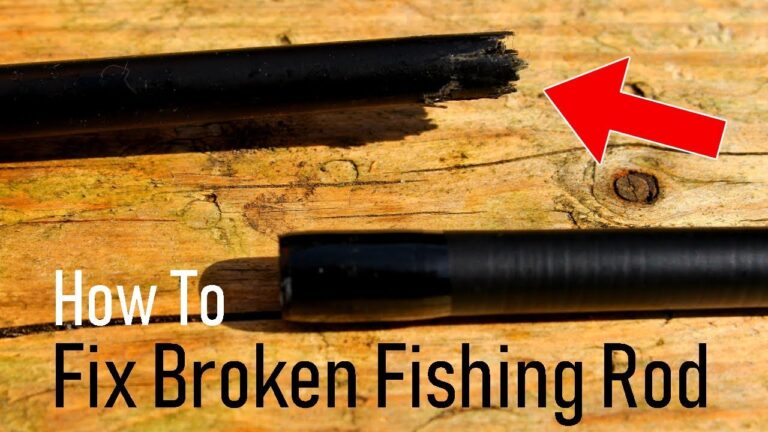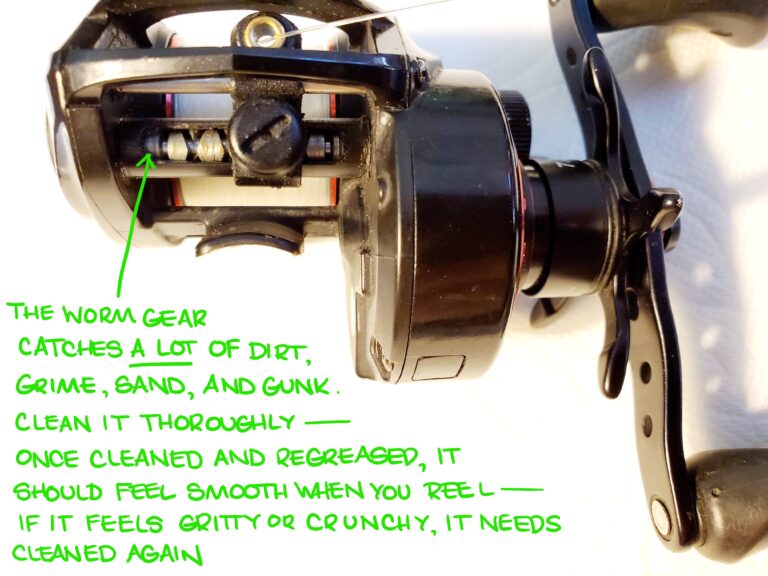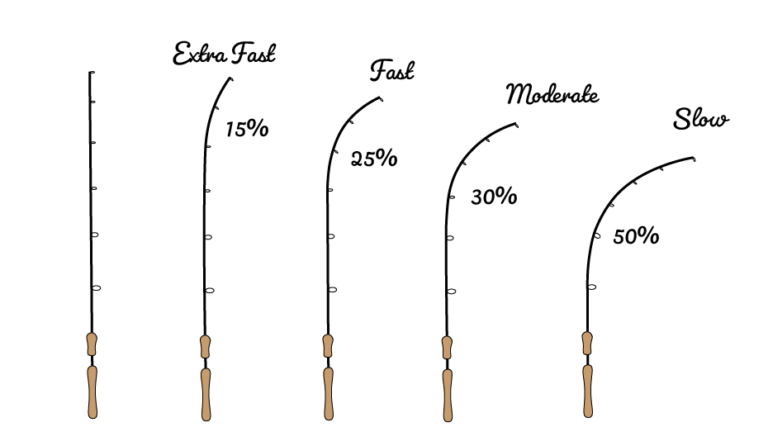How to Transport Fishing Rods
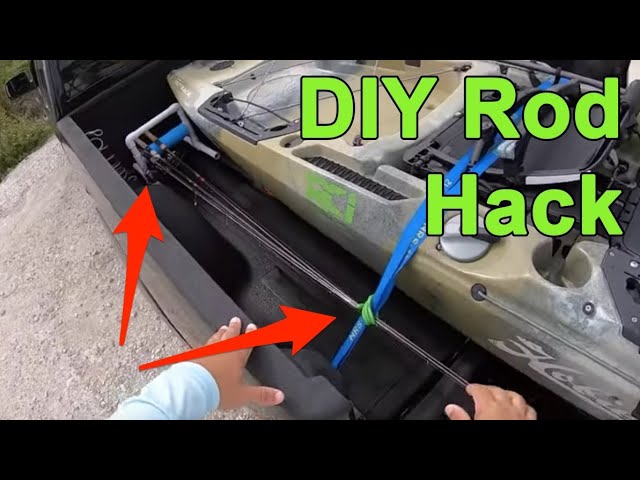
To transport fishing rods, use a vehicle rod carrier or a protective tube case. Wrap the rods in padding to prevent damage during travel.
Transporting fishing rods requires attention to safety and security to prevent damage. Anglers often face the challenge of moving their gear without causing harm to the fragile rods. A proper solution is to invest in specialized carriers designed to secure rods in or on a vehicle, such as a rod rack, magnetic or suction-based carriers, or even bespoke rod tubes.
Wrapping rods in soft materials like protective sleeves or bubble wrap can add an extra layer of protection, especially when bundling multiple rods together. Securing loose ends with straps or ties is crucial to minimize movement that could lead to scratches or breaks. Whether embarking on a local trip to the nearest lake or traveling to a remote fishing destination, ensuring your rods are safely stowed will lead to a hassle-free fishing experience.

Credit: forum.expeditionportal.com
Rod Mobility Challenges
Transporting fishing rods poses unique challenges. Anglers often worry about keeping their gear safe during travel. A common issue is the potential for damage, such as scratches or bends. Rods can get tangled, leading to broken guides or snapped tips.
To avoid these issues, proper protection and careful packing are key. Using rod sleeves or tubes shields them from dirt and impacts. It’s also important to secure rods firmly within a vehicle to prevent movement that could cause harm. Soft-padding materials or dedicated rod carriers are helpful tools to safeguard them during bumps on the road.

Credit: www.youtube.com
Pre-transit Preparation
Properly selecting cases and tubes is crucial for transporting fishing rods. Aim for sturdy materials that shield against impacts. Your cases should fit the rods’ sizes and shapes snugly.
To handle rods easily, disassemble them before the trip. This makes rods shorter and safer to move. Each rod piece needs secure storage in the case. Check each part is locked in place to avoid damage.
Vehicle Transport Solutions
Transporting fishing rods safely is key for any fishing trip. Roof racks and rod holders are great for this. They keep rods secure on top of a vehicle. Your rods won’t get tangled or damaged.
Inside a car, arrange rods carefully. Use a blanket or a rod sleeve. This way, they won’t break or bend. You can lay them across the backseat. If needed, lower one side of the backseat. This creates more space. Always keep the rods pointing away from people.
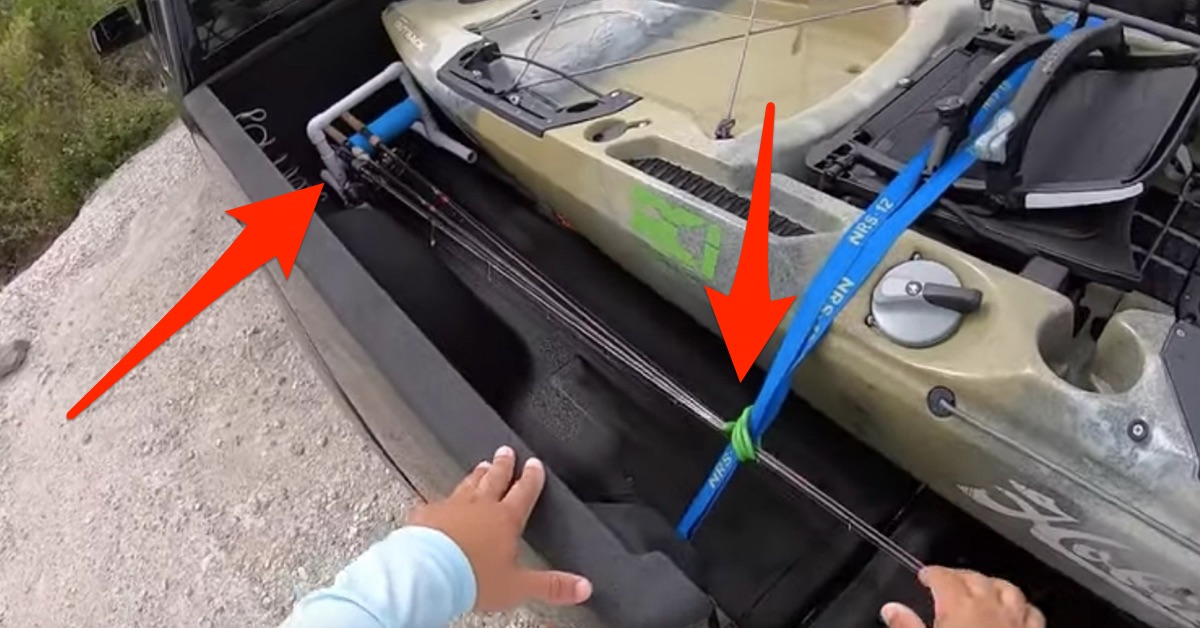
Credit: www.saltstrong.com
Air Travel With Fishing Rods
Traveling by air with fishing rods requires awareness of airline regulations. Each airline has specific rules about transporting sporting equipment, so it’s crucial to check with your airline beforehand. Ensure your fishing rods are well-protected for the journey.
| Packing Tips for Checked Luggage | |
|---|---|
| Use a hard case: | Protects rods from damage |
| Separate reels: | Prevents tangling and injury |
| Wrap for extra protection: | Bubble wrap or clothes cushion |
| Attach a label: | Your name and contact details |
It’s vital to secure loose parts inside the rod case. Loose items may cause damage during transport. Also, remember to place a fragile sticker on the rod case.
On-foot And Waterway Carrying Methods
To transport fishing rods while backpacking, compactness and protection are key. Ensure rods are broken down if possible, and stowed in a hard tube case. Guide rings face inward to avoid snags. Strap the case securely to your backpack to prevent swinging, which can cause damage.
Boats and kayaks present unique challenges for rod transportation. Use specialized fishing rod holders to keep your gear safe. These holders should be mounted firmly to your vessel. Use horizontal racks for easy access and minimal interference with boat operations. Ensure rods are fastened tightly to avoid losing them overboard in choppy waters.
Maintenance Post-transport
After a successful fishing trip, take care of your rods is essential. Gently unseal the rod’s case and inspect each rod. Look for damaged guides or loose fittings. It is crucial to spot these issues early.
Wipe down your rods with a soft cloth to remove dirt and salt. Apply a light rod protectant if necessary. Organize your gear so it’s ready for the next adventure. By being thorough now, you ensure many more successful outings.
Frequently Asked Questions On How To Transport Fishing Rods
What Is The Best Way To Transport Fishing Rods?
The best way to transport fishing rods is by using a rod case or tube, ensuring they are secured and protected from bending or snapping. Detach reels and use rod wraps to prevent tangles. Consider a vehicle rod rack for convenience.
How Do You Travel With Fishing Rods In Your Car?
Secure your fishing rods horizontally along the vehicle’s interior, using storage racks or holders. Ensure they’re fastened tightly to avoid movement. Place the rods behind the front seats or in the trunk, based on length and car size, to avoid damage during transit.
How Do You Transport A Fishing Rod In The Back Of A Truck?
Secure your fishing rod horizontally in the truck bed, using a rod carrier or protective tube. Fasten it firmly to avoid movement and potential damage. Ensure the rod isn’t protruding from the truck, for safety and legality.
How Do You Transport A Fishing Pole In An Suv?
To transport a fishing pole in an SUV, collapse or disassemble it if possible, secure it in a protective tube or vehicle rod rack, and lay it flat to avoid any bending or damage. Ensure the pole does not obstruct the driver’s vision or vehicle operation.
Conclusion
Safeguarding your fishing rods during transport is essential for any angler. Opt for the method that aligns with your travel needs. Embrace secure casings or vehicle attachments for damage-free journeys. Remember, the right approach ensures your gear arrives ready for that perfect catch.
Happy fishing and safe travels!
Also Worth Reading:
- How Long Should My Fishing Rod Be
- How Many Fishing Rods Should I Have
- How to Build a Fishing Rod Stand
- How to Clean Fishing Rods
- How to Fix a Broken Fishing Rod
- How to Hold a Spinning Rod
- How to Put Line on a Fishing Rod
- Can You Use a Freshwater Rod in Saltwater
- Can You Use a Saltwater Rod in Freshwater
- Can You Use a Spinning Reel on a Casting Rod
